I find it important that I explore what is already out there concerning nostalgia so I looked up on jstor for sources containing nostalgia as the topic. I wasn't looking for one thing in particular but just in a broader sense of the word and the interpretations.
This text informed me of the origin of the word nostalgia.
Nostos = meaning a journey back home
Algia = Pain
This has ties to home sickness.
Nostalgia can therefore be seen as a sickness where you aren't just content with the memory but there is a pull to want to return to the past.
Art can help to mediate the memory and make you feel it.
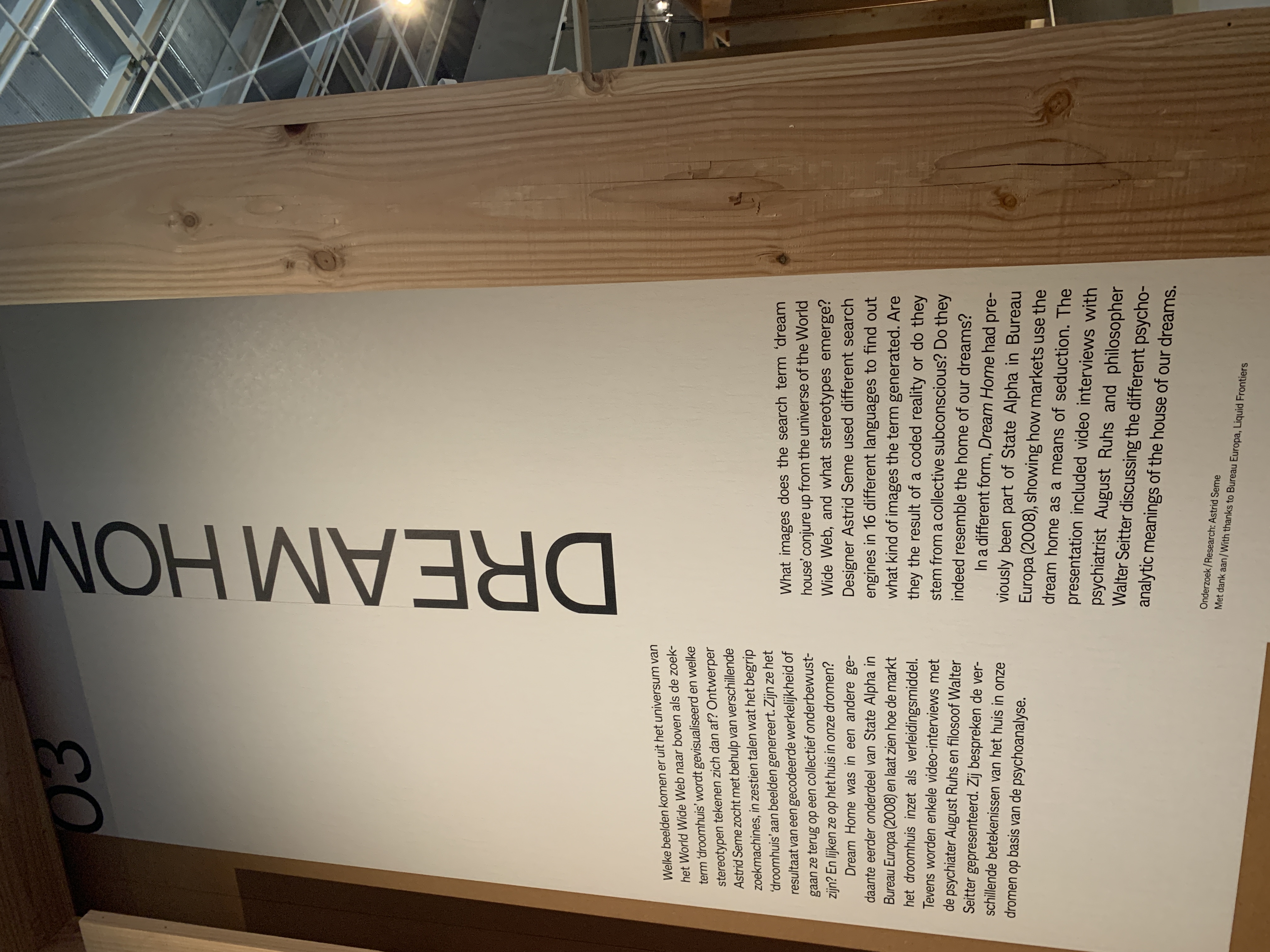


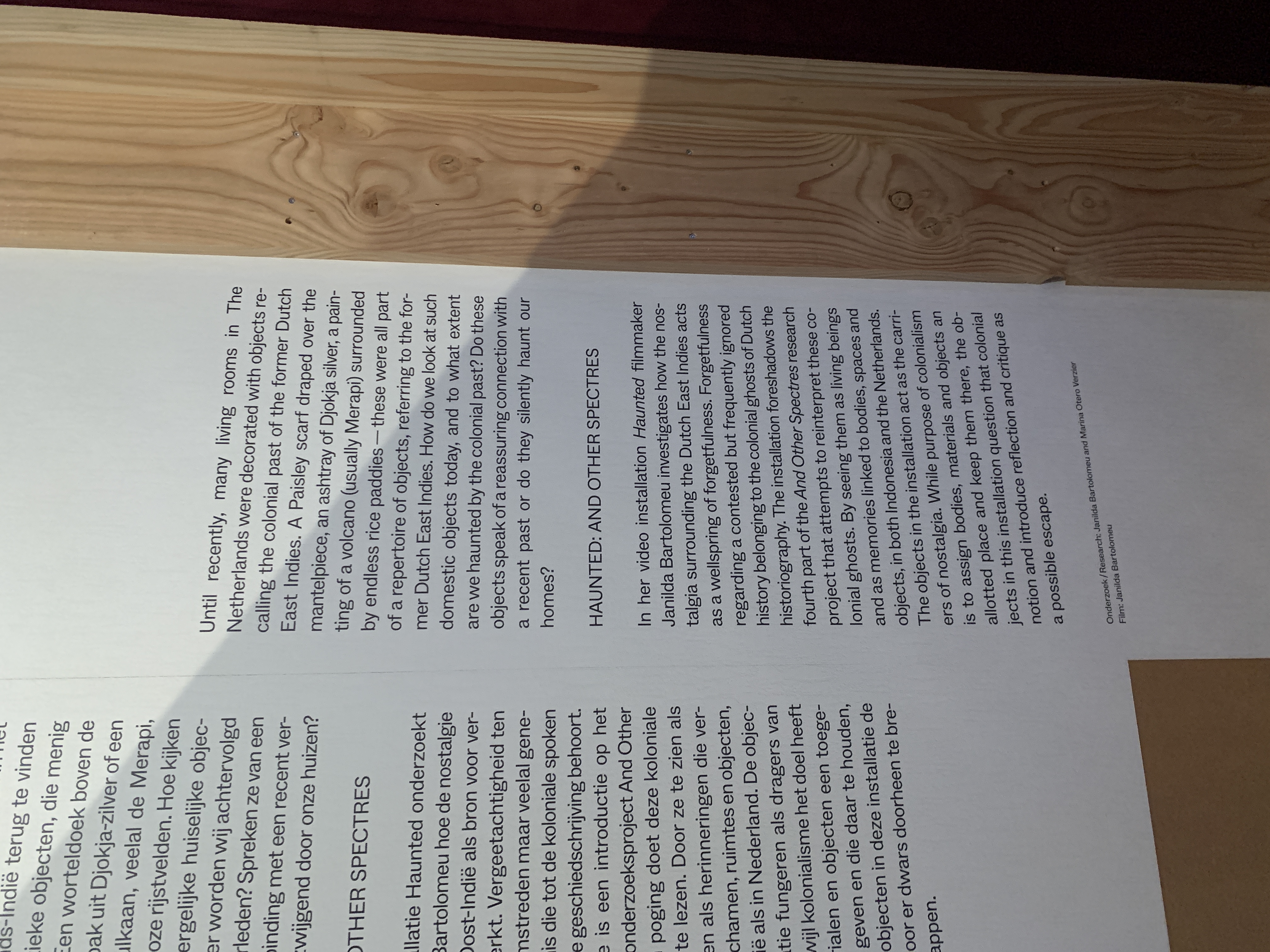

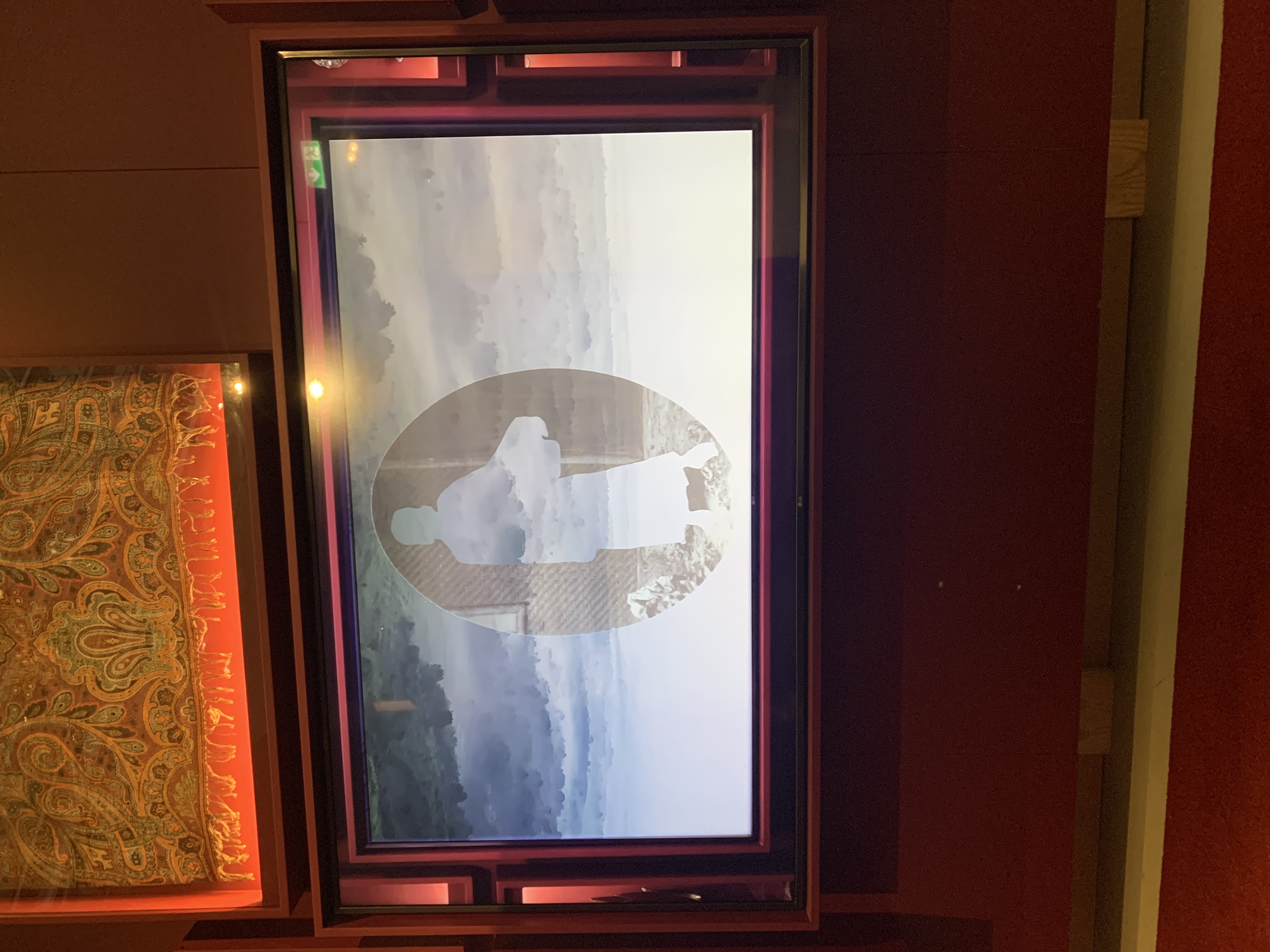
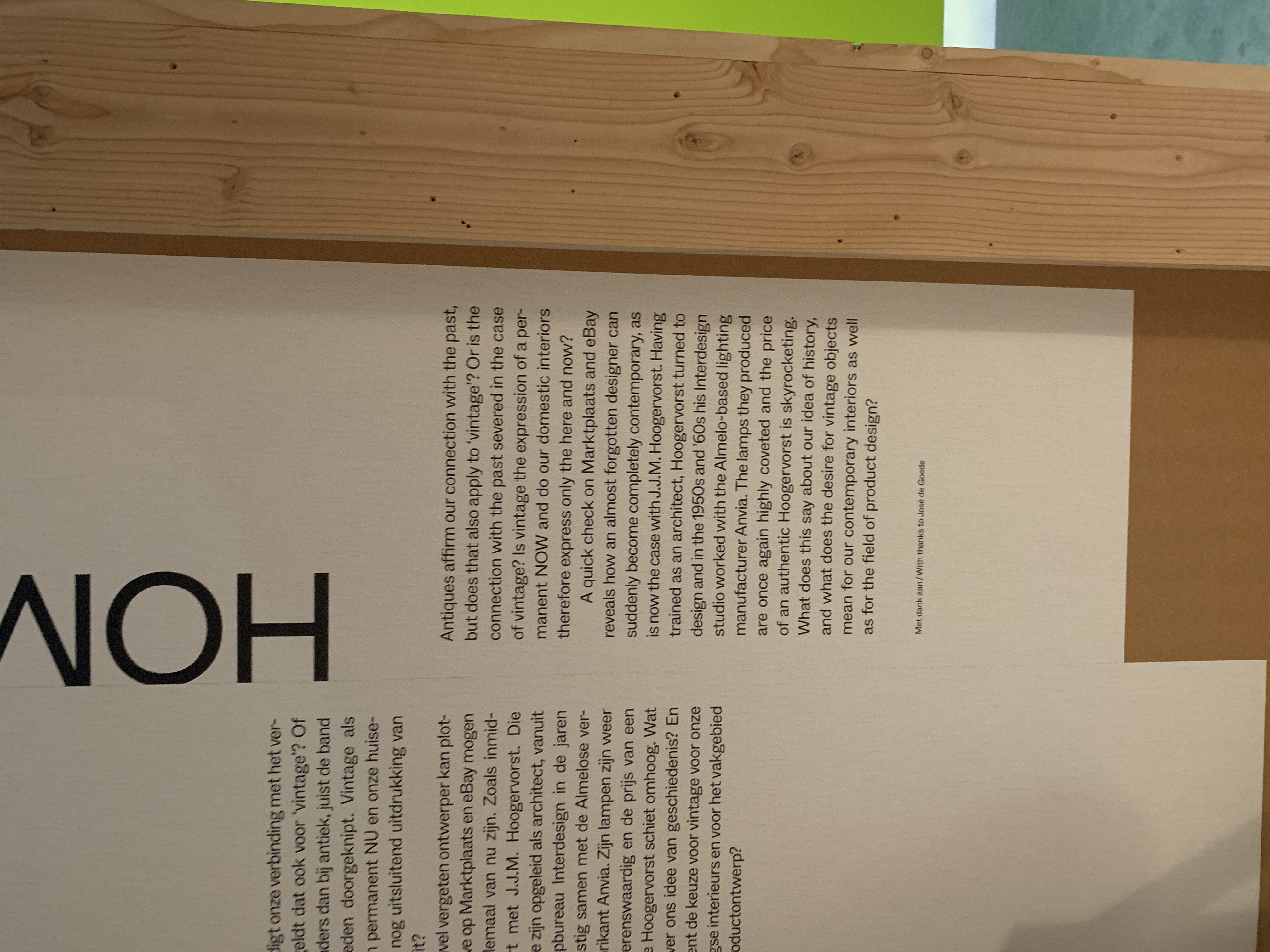
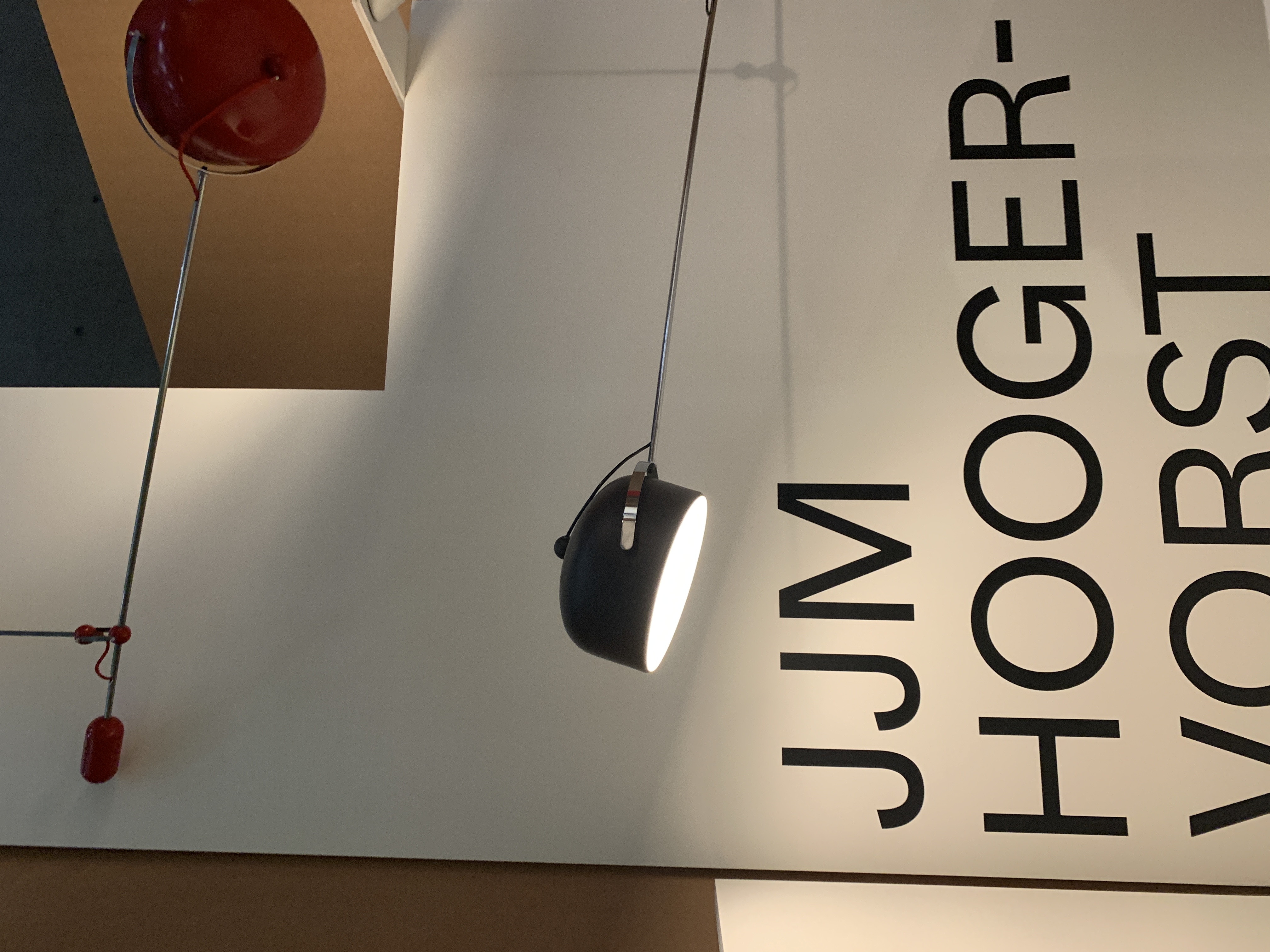
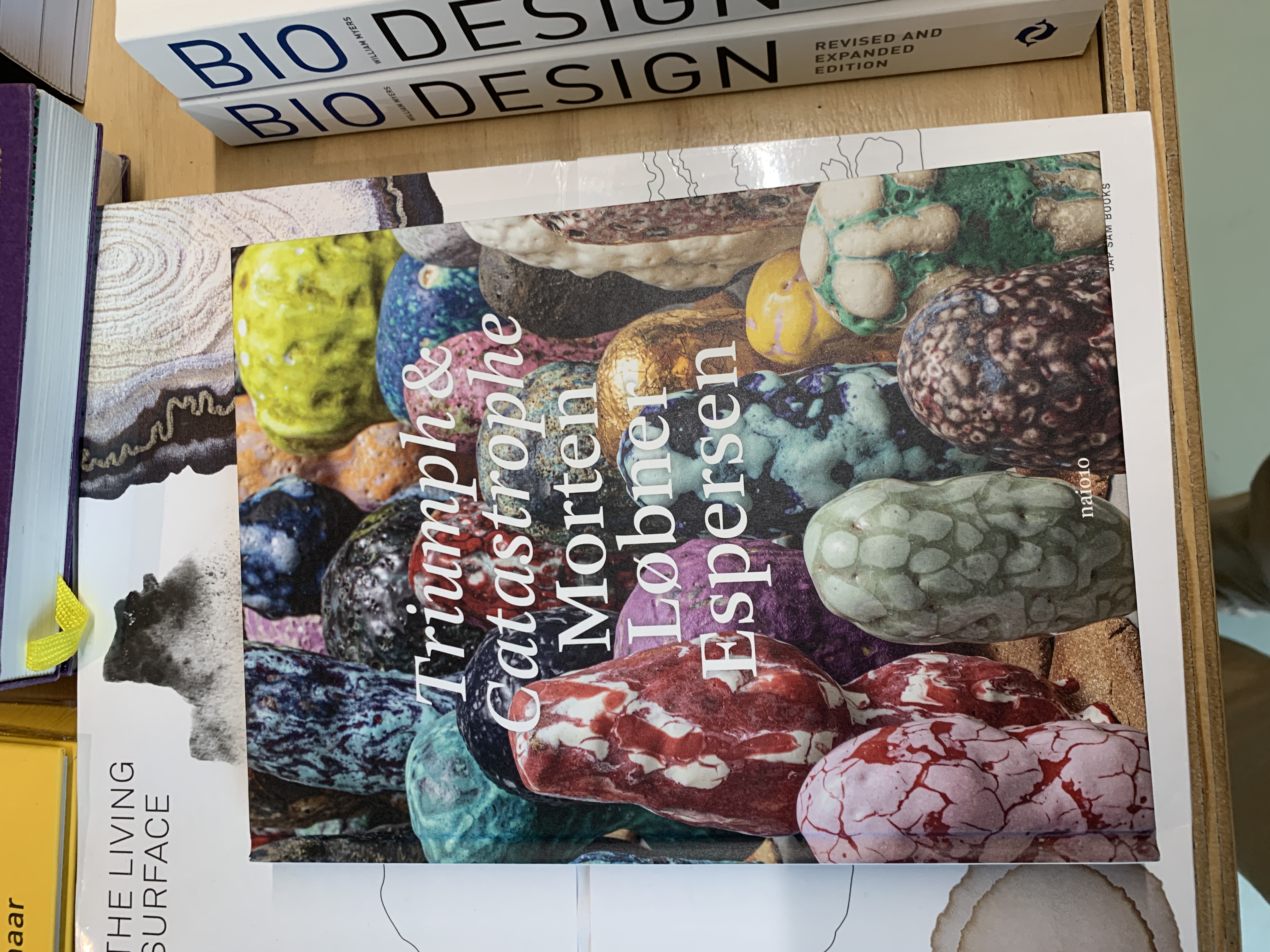
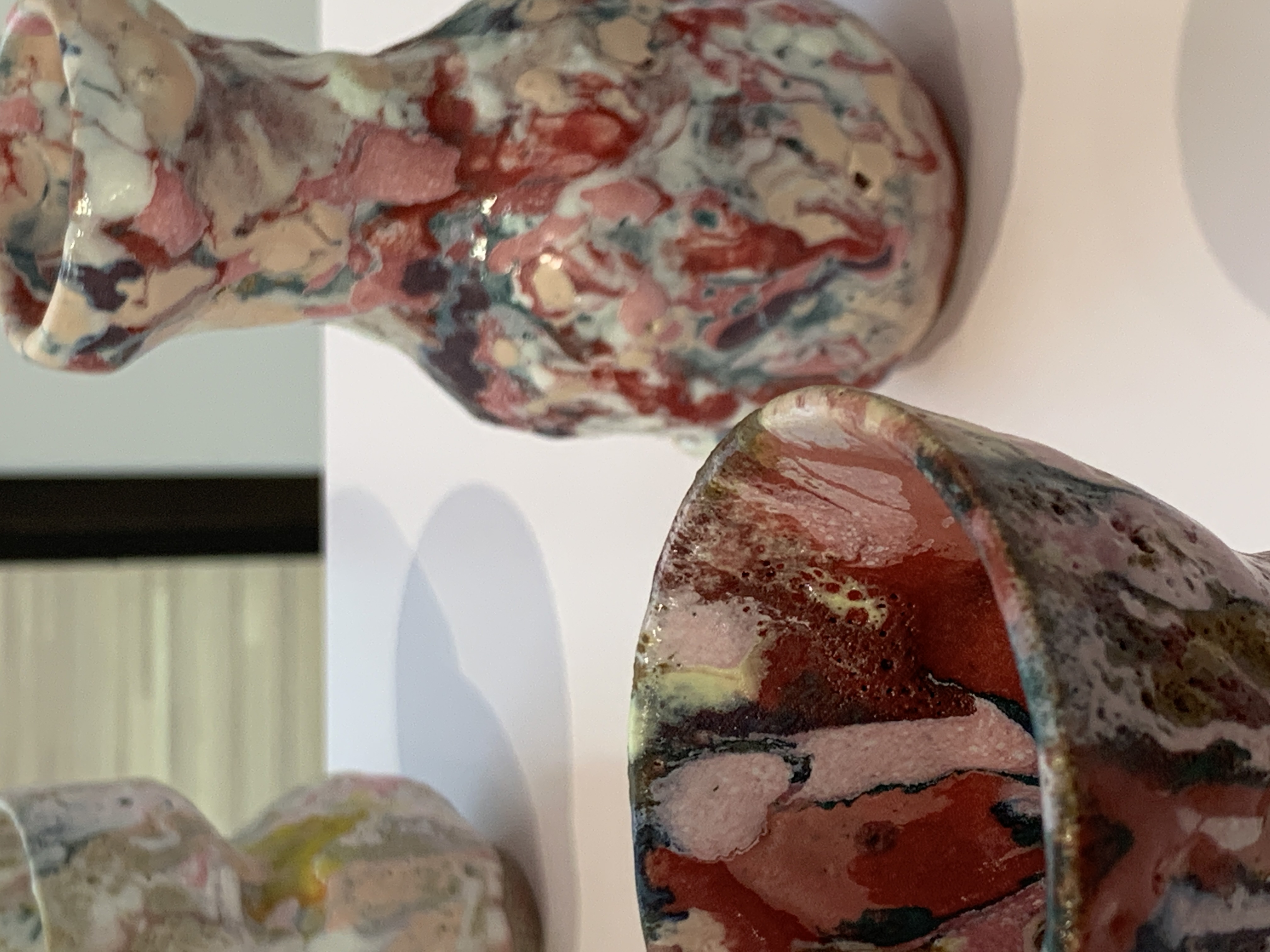

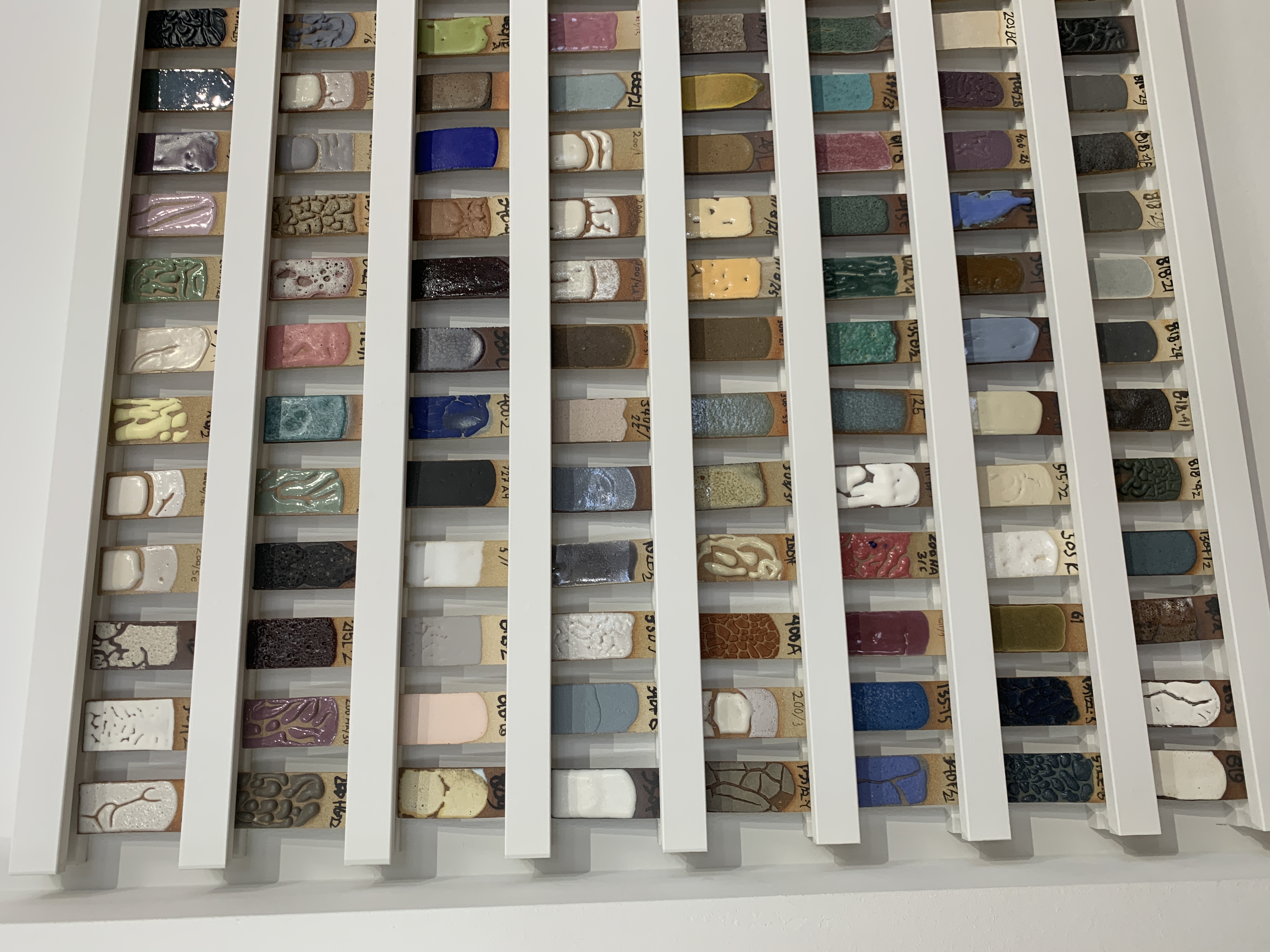
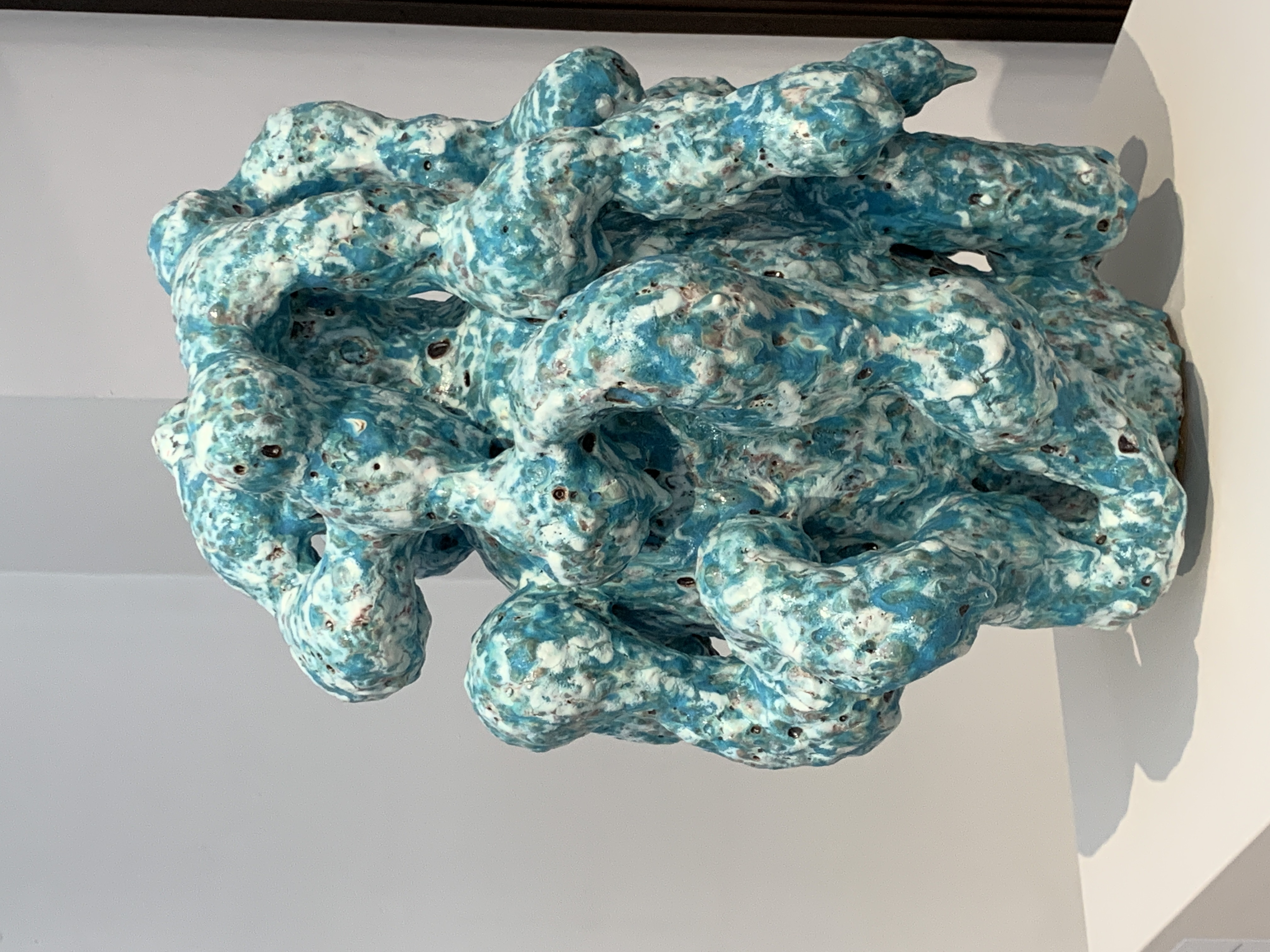
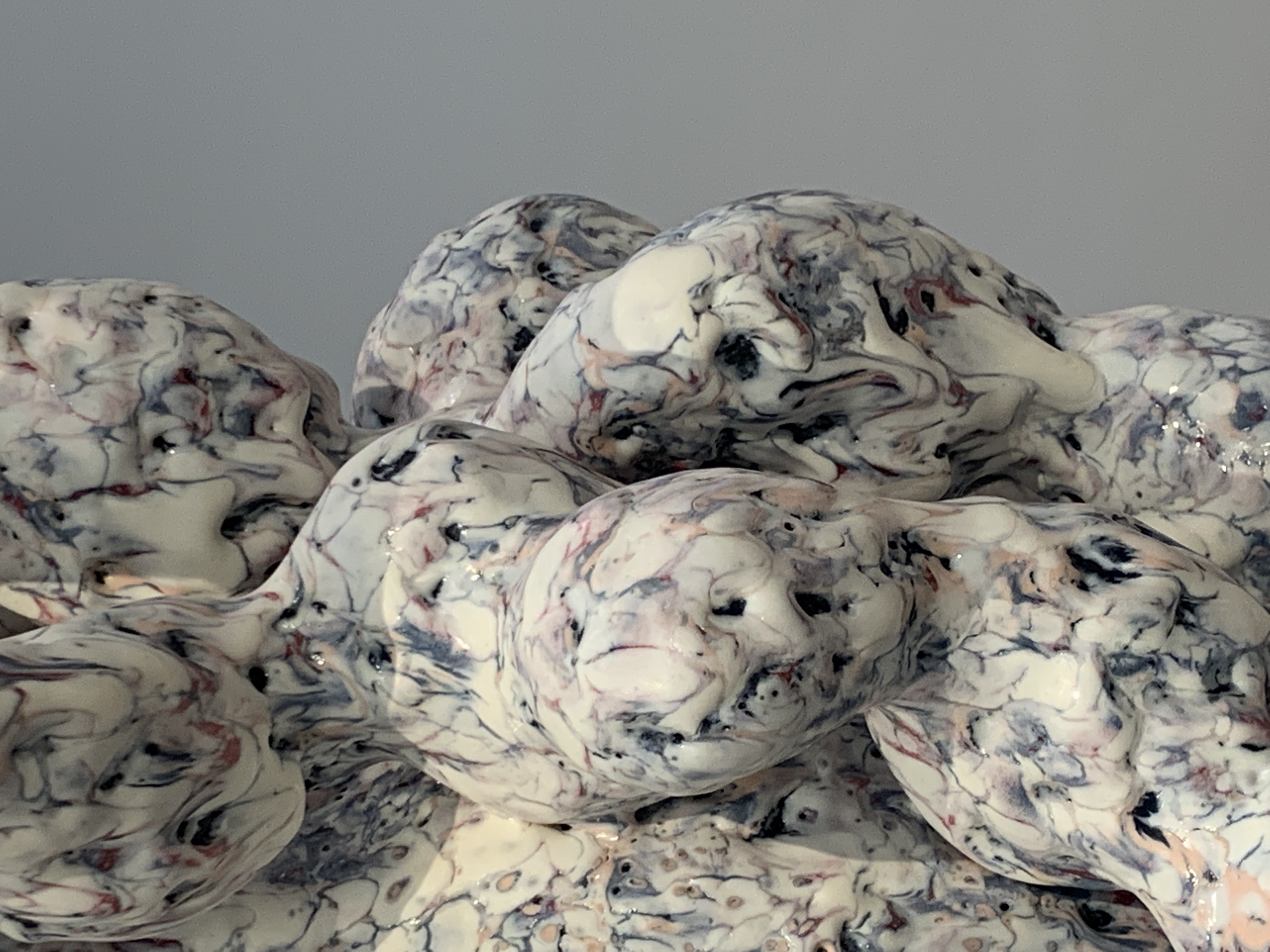

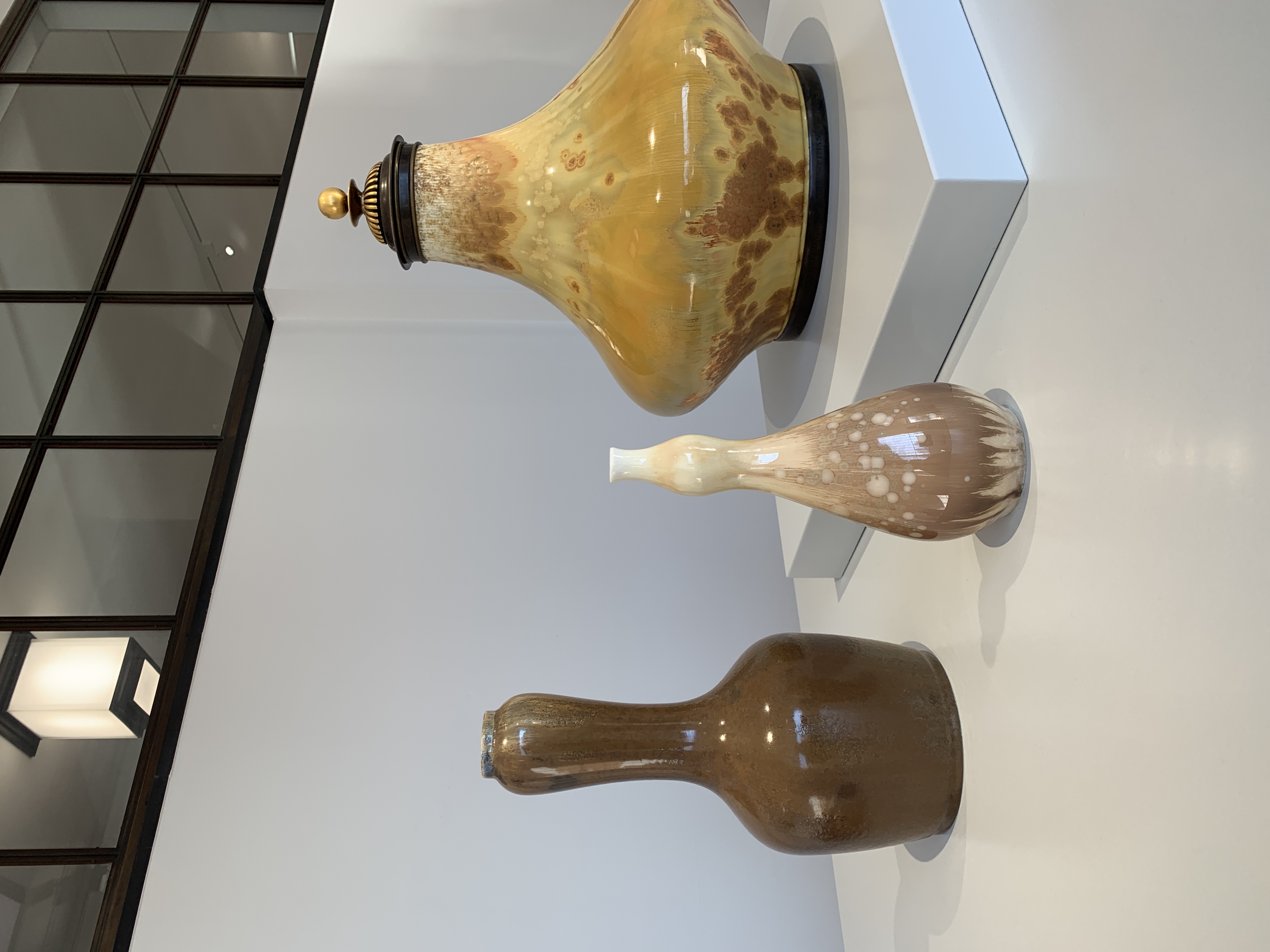
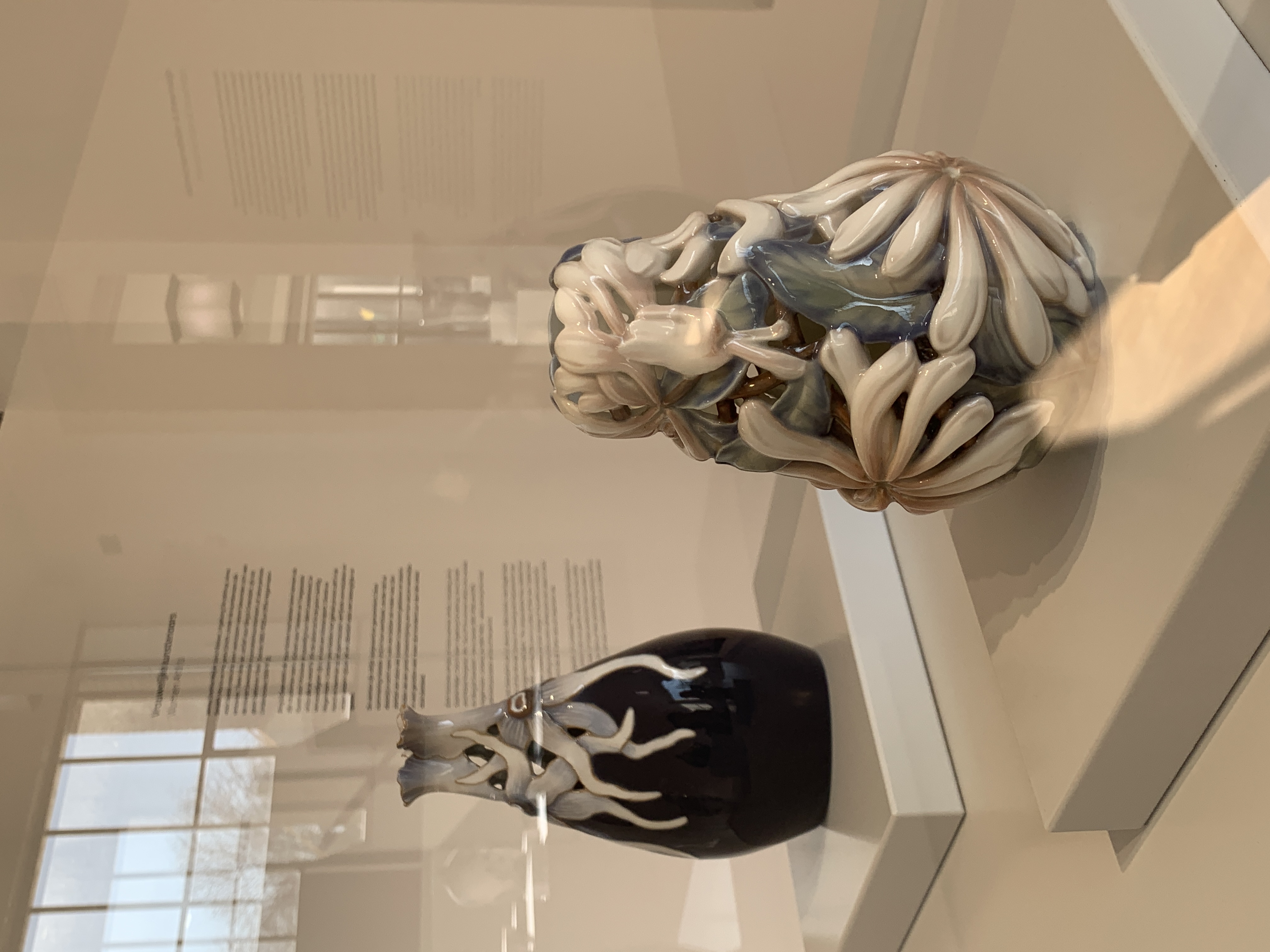
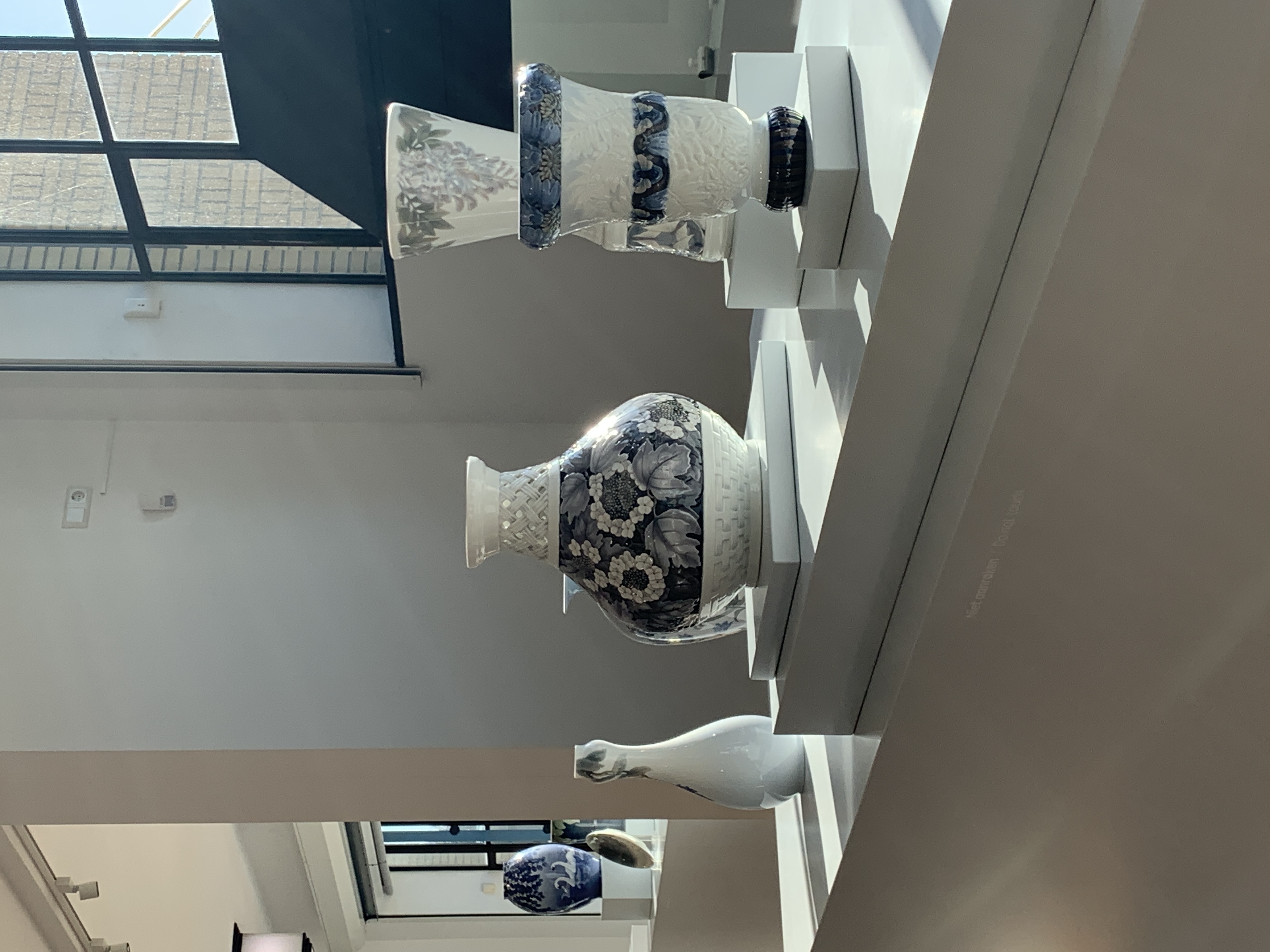

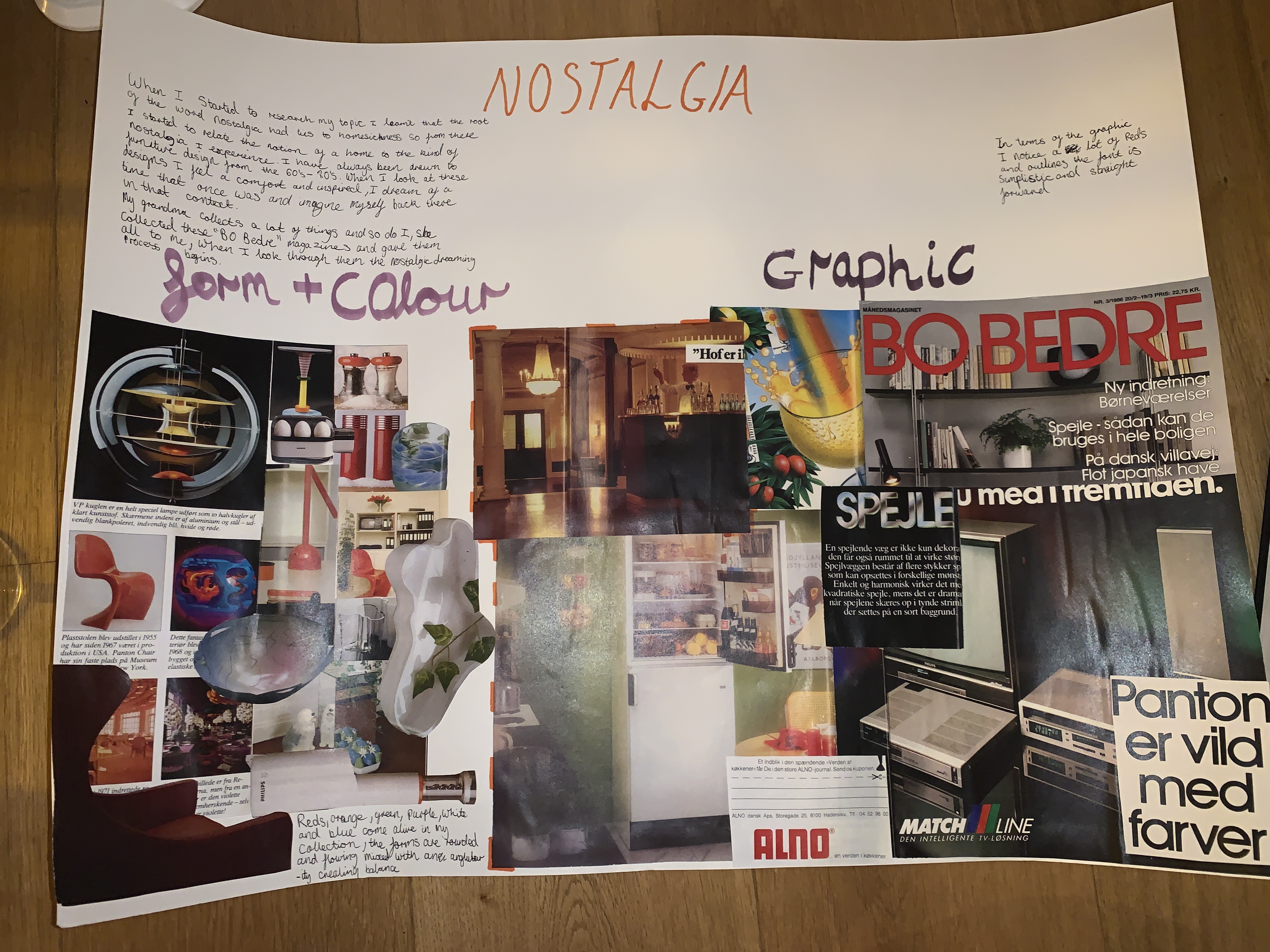
This mapping made it more clear to me what the things are that give me a nostalgic feeling.
This is based in design as I have found myself since I was a kid being really drawn to and interested in design books, particularly Taschens "Chairs" I remember even bringing it with me to Portugal on holiday to look at, poolside, when I was 9 or 10. I just was so drawn to the ingenuity and genius of being able to conceive these timeless and in my opinion beautiful designs. The quirky and retro ones drew my attention the most.
When we look back at this mapping from the clippings of my Bo Bedre magazines we start to see a correlation forming and I can easily gather which forms, colours and graphic things I am drawn to that make me feel this sense of nostalgia for a time I didnt experience.
Form + Colour:
Reds, orange, green, purple, white and blue come alive in my collection
the forms tend to be ones that are either angular of flowing and organic, creating a balance between the two.
Graphic:
There is a correlation in my collection of simple sans serif fonts that are outlined and red text is also one to look out for. there is also an attempt at playing with a mirror effect font which corresponds to the content in the magazine.
Lighting:
One is very warm and almost golden and the other is also dream like but in a fuzzy way ?
This can help become a more concrete guide for how I want to proceed with my sculptures and whether I want to also involve the presentation to encapsulate some of these elements.
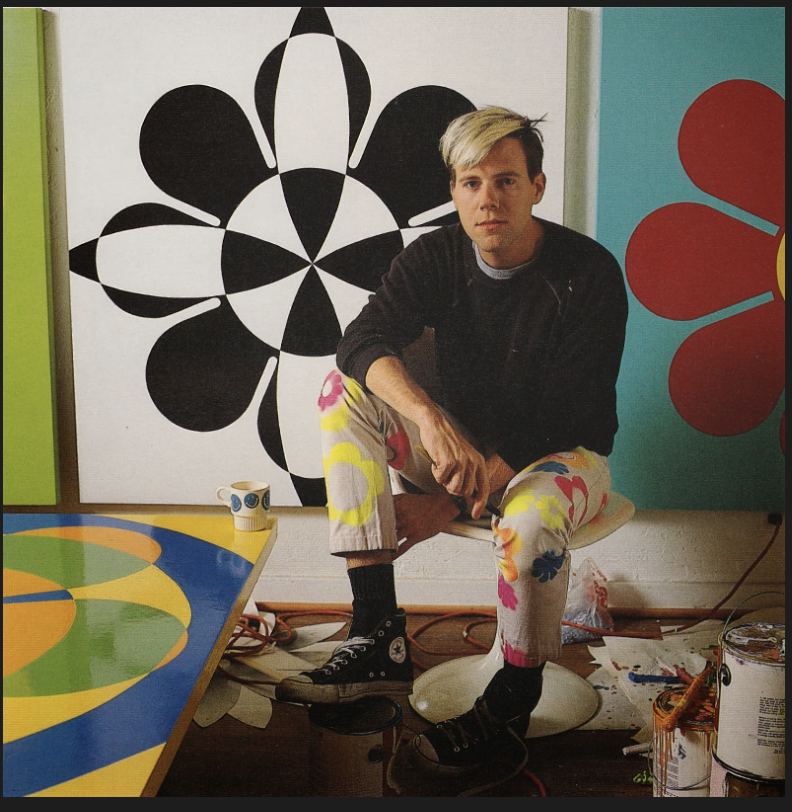
"Jim Isermann lives and works in Palm Springs. For 25 years, Isermann has developed a vocabulary that purposefully encompasses the intersection between art and design, unapologetically appropriating from mid-century design motifts. Combining sculpture, furniture, and architecture, his bold geometries have influenced a generation of artists who are currently exploring similar territory.
Isermann's commissioned five-pendant chandelier is suspended at the west end of the 100-foot-tall space in the atrium of UCSF Genentech Hall, each pendant comprising luminous spheres enclosed in an open lattice of red pentamerous shapes. Modernist furniture selected by Isermann (including chairs by Harry Bertoia and tables by Mies van der Rhoe and Charles and Ray Eames) is placed throughout the atrium, on carpeting designed by the artist. The shape, scale, design, and colors of chandelier, furniture and carpet pattern relate strongly to one another." -https://artcollection.ucsf.edu/artist/jim-isermann
http://hunterdrohojowska-philp.com/wp-content/uploads/2016/11/Jim_Isermann_LA_Times.pdf
----
I found it super interesting for my project to find another artist who has an affinity towards mid-century/older aesthetics and at the same time is working in the grey area between art and design I see a lot of parallels with our work in that way. I would like to discover further how his practice developed into that.
His affinity towards patterns started in his childhood which is why he is making them now- similar to mine with chairs---
he gets his colour inspiration from items at thrift stores.

HANS ARP

Summary of Hans Arp
Something of a one-man movement, Jean Arp could (and did) make anything into art. Best-known for his biomorphic sculptures, and one of the most versatile creative minds of the early-20th century, he fashioned sculptures out of plaster, stone and bronze, and also expressed himself in paintings, drawings, collages, and poems. His approach to form, often referred to as organic abstraction, was remarkably consistent: his wavy lines suggested plants, body parts and other natural motifs, while remaining entirely abstract. Like an extraterrestrial on earth for the very first time, Arp's genius was in presenting visual information as if he is first seeing it. Transformation, growth, fecundity, and metamorphosis are among the dominant themes in his work.
Accomplishments
Arp's work is non-representational, yet firmly rooted in nature. His most abstract compositions suggest organic forms. This keeps the viewer curious, and provides a consistent framework for satisfying the eye.
One of the first artists to make randomness and chance part of the work, Arp saw chance as a collaborator in his process. This was a game-changer in the visual arts. Until then, Western artists had striven for a skilled level of control.
Rather than beginning with a subject (as artists had done for years), Arp generated the form first, and titled his works after they were completed. In this way, he sought to minimize the intervention of the conscious mind.
Arp is a transitional figure. As one of the founders of Dada, and subsequently an active participant in Surrealism, his work forms a link between these two major movements of the early-20th century.
Quotes from article:
"stitching together swatches and remnants purchased at swap meets and fabric stores, making bed-sized compositions of faded plaids and cornball florals that subtly remind one of an earlier time"
"from his retro furniture and lamps made in '50s and '60s style to his more recent "paintings" composed of brilliantly colored stained glass or shag carpet."
"The artist filled a motel room with his own re-creations of '50s style furniture, including a giant chartreuse console for the TV set. Aware that surrealist artists like
Hans Arp and Joan Miro had influenced the biomorphic shapes of modern design, he felt he was bringing things full circle by presenting his furniture as high
art."
"A celebration of '50s style has since come into being everywhere from "Pee-wee's Playhouse" to Ed Debevic's diner, so it is difficult to imagine the initial impact
of this work. Isermann recalls that "the old work, when it was made, sat on a fence between what was out of style and what is trendy. It had an edge you don't
see today because those styles have come in and gone out again in terms of popular influences. When I show slides of that work to students today, they have no
idea what it was like to look at that work when it was made.""
"has lived since 1986, is filled with an eclectic mix of '50s and '60s paraphernalia, like ceramic hanging lamps from defunct coffee shops and a collection of
yellow happy-face mugs. There are dozens of white mugs with red smiles as well."
""For me, there has never been a separation between decoration, design and art. I never looked at furniture or architecture or design as anything but art, it is all
of equal influence. My earlier work walked some kind of line between good and bad taste. I was drawn to the populist nature of these things. Part of my interest is the planned obsolescence of design.""
"Although he grew up in a modern Prairie-style home in Kenosha, Wis., most of his early knowledge of modern design and pop culture came from books."


History of the Artwork
The Mermaid Bar at NM NorthPark is graced with the whimsical decorative work of Bjorn Wiinblad (b. 1918 in Copenhagen, Denmark). This Danish artist is a true "Renaissance Man," having mastered his style as a painter, illustrator, scenographer, ceramicist, and designer. His decorative style and gentle brushstrokes convey subjects with a sense of calm and contentment. Fantastic scenes with dainty women, birds, and flowers are typical subjects for Wiinblad.
The mural tiles were commissioned by Stanley Marcus in the 1960s and originally hung in the cafe in our Houston Galleria store. They are most fitting here as they complement the mermaid sculptures on the center wall. The mermaid sculptures and tiles were commissioned in 1965 and have hung in our Mermaid Bar ever since.
Bjorn Wiinblad was a long-time friend of Stanley Marcus. Over the years, Mr. Marcus purchased several ceramic sculptures and commissioned the artist to design an image for the "East Meets West" Fortnight. Neiman Marcus is proud to recognize Wiinblad as a prominent artist in its Corporate Art Collection.
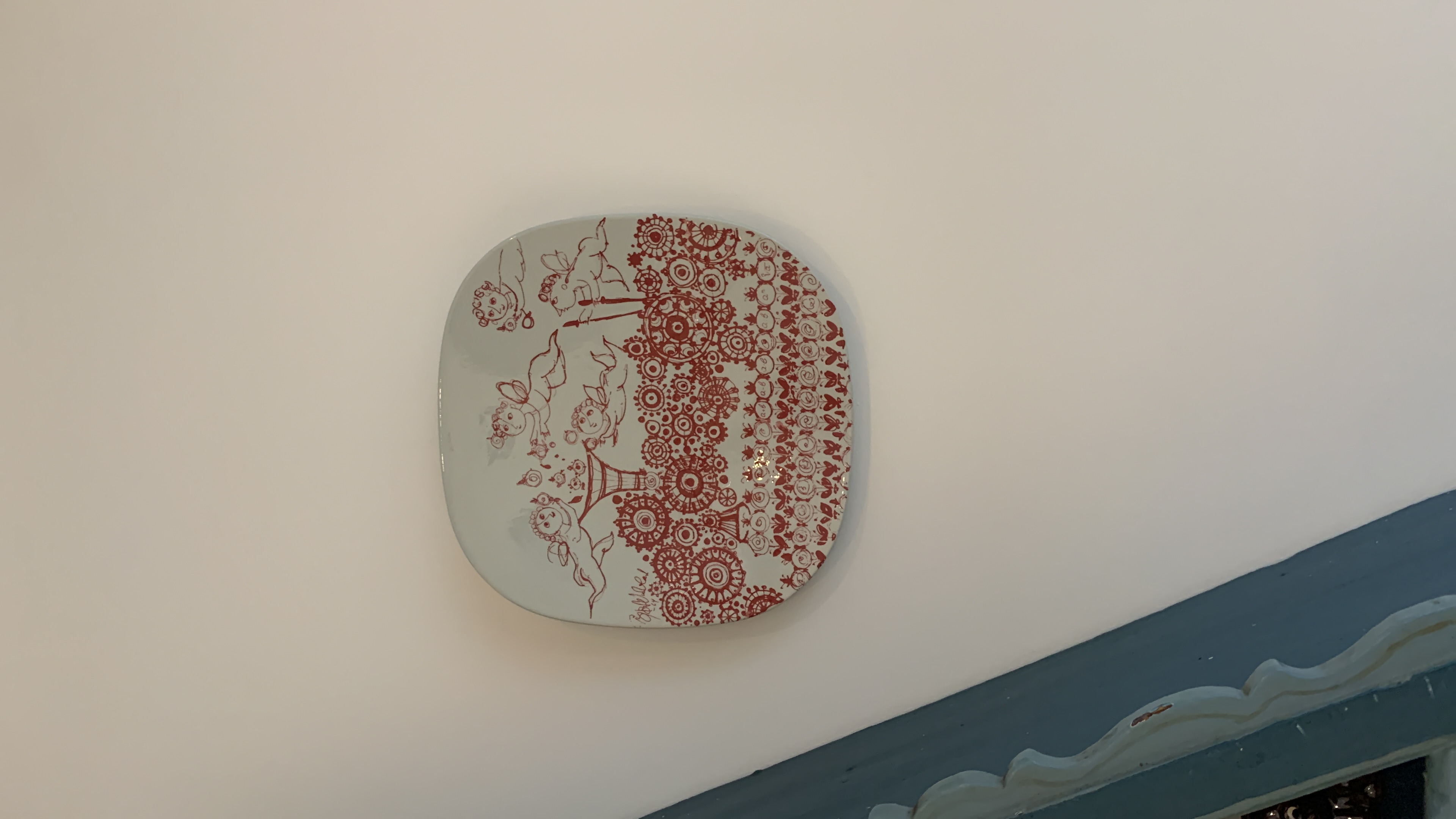
Bjorn Wiinblad is also very nostalgic to me as my grandma on my mums side has a lot of his design in her home, he is a household name and designer in denmark and is best known for his drawing style and these motifs are included in textiles, plates and so much more.
My grandma used to work at a computer operating company back in the 60's and 70's and as a company christmas present Bjorn painted these for the employees. It is now hanging in my room as my grandma wanted us to take a few things from her house that we wanted to inherit.
LIS AHLMANN
Mathilde Elisabeth "Lis" Ahlmann (April 13, 1894 – January 15, 1979) was a Danish weaver and textile designer who was one of the founders of modern Danish textile art and influential in the development of the style known as Danish modern. Drawing on both traditional Danish folk patterns and Bauhaus ideas, her work in this decade with fabrics designed to complement furniture helped to shape the style now known as Danish modern.
Jim
Isermann
Danish Tradition in Design
Quotes from article:
"This is the clear emphasis
on craftsmanship as such, plus the fact that
roughly half the showing, both in number of
objects and the space they occupy, is devoted to
useful creations made since 1900, many of which
may be bought (though not, of course, at the
Museum) by people of moderate means and no
pretensions to connoisseurship in the fine arts"
"First of all, the Danes have given their Ameri-
can audience a sense of the "real thing" in a
style already very popular in this country. The
contemporary rooms afford a richly compre-
hensive look at recent Danish achievement in
metalwork, woodwork, ceramics, and textiles,
from the ornamental style of the nineteenth cen-
tury through a period of strict functionalism to
the freer and more aesthetic design of today."
"One can trace the development of Georg Jen-
sen's silver, for example, from his earlier decora-
tive ornamentation to the absolutely simple
planes and unusual forms of his later designs"
"Secondly, The Arts of Denmark proves visu-
ally that the style we call Danish modern is
firmly rooted in a craft tradition of great anti-
quity. Tradition in all the arts, as T. S. Eliot
pointed out, "involves, in the first place, the
historical sense . . . and the historical sense in-
volves a perception, not only of the pastness of the past, but of its present"
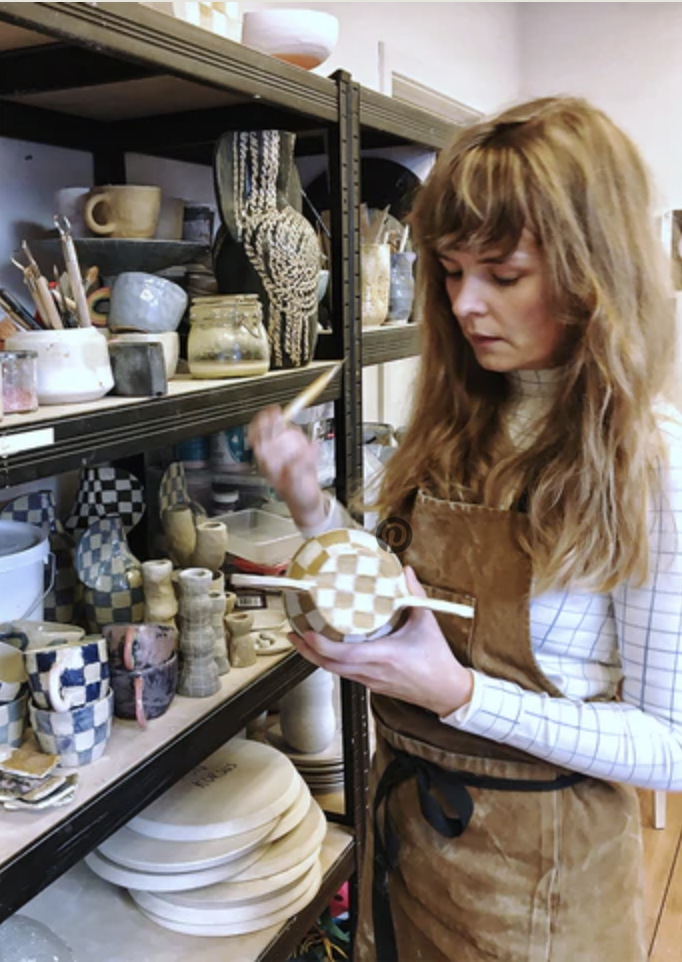
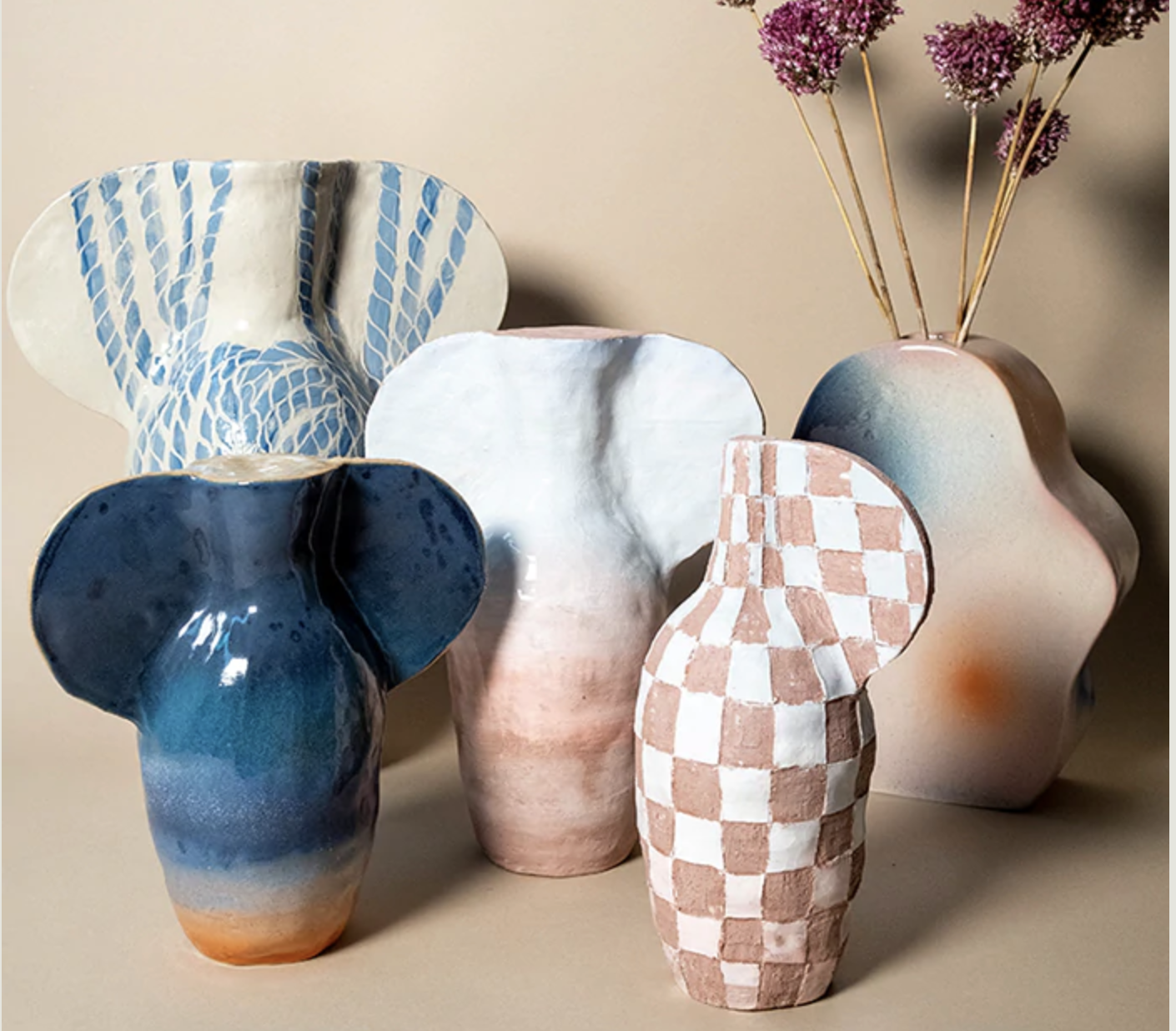
MARIA LENSKJOLD
In the same way that the surroundings from her childhood made their mark on her artistry, Maria Lenskjold has taken inspiration from her surroundings when creating the series ‘Himmel eskapisme’ for The Ode To.
Danish and Copenhagen-based artist Maria Lenskjold graduated from the Royal Danish Academy of Art in 2011, but has been making art since childhood. Growing up in a commune based in a big house with pink curtains and checkered green floors with purple walls, this whimsical play with colours and shape clearly left its mark.
Het Nieuwe Instituut - Exhibition; Temporary House of Home.
After I discovered that nostalgia was linked to homesickness in a sense I thought I would check out this exhibition. I surround myself with things in my home that make me feel nostalgic.
Kunst Museum - Exhibition; Triumph & Catastrophe.
I found Mortens book at Nieuwe Instituut and was already drawn to it on the basis that it was a danish ceramicist which related to my medium. His works also have this other worldly feel that transports you out of reality. Which I am really drawn to.
Kunst Museum - Exhibition; Great Danes
Right next to Mortens exhibition was this one on the traditional and royal Danish porcelain, in Denmark a lot of households have plates and other things from Royal Copenhagen the tradition and beauty of these timeless pieces are important to the Danish people and we collect them and use them for special occasions.
These pieces also cause me to be nostalgic as they have always been around me due to my heritage.
The pride, tradition and craftsmanship is also important when looking at these pieces.